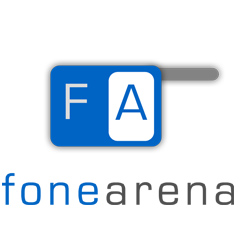
At Adobe MAX London, Adobe introduced an updated version of its Firefly platform, which combines AI-driven tools for image, video, audio, and vector generation into a unified platform.
The new release brings advanced models, improved creative features, and expanded options for creators. Originally designed as an image generation tool, Firefly has now expanded to offer a full suite of AI-powered creative solutions.
This update builds upon previous releases, such as the launch of the Firefly web app and the inclusion of features for video and audio, including Generate Video, Translate Video, and Translate Audio. Adobe highlighted that the update continues to focus on providing a commercially safe platform for creative professionals.
Firefly Mobile App for Creative Flexibility
Additionally, Adobe announced the upcoming release of the Firefly mobile app for iOS and Android devices. The app enables users to generate high-quality images and videos on the go, with professional-grade tools that make content creation possible anytime and anywhere. It also offers seamless integration with Creative Cloud, allowing users to continue their work across devices, from mobile to desktop.
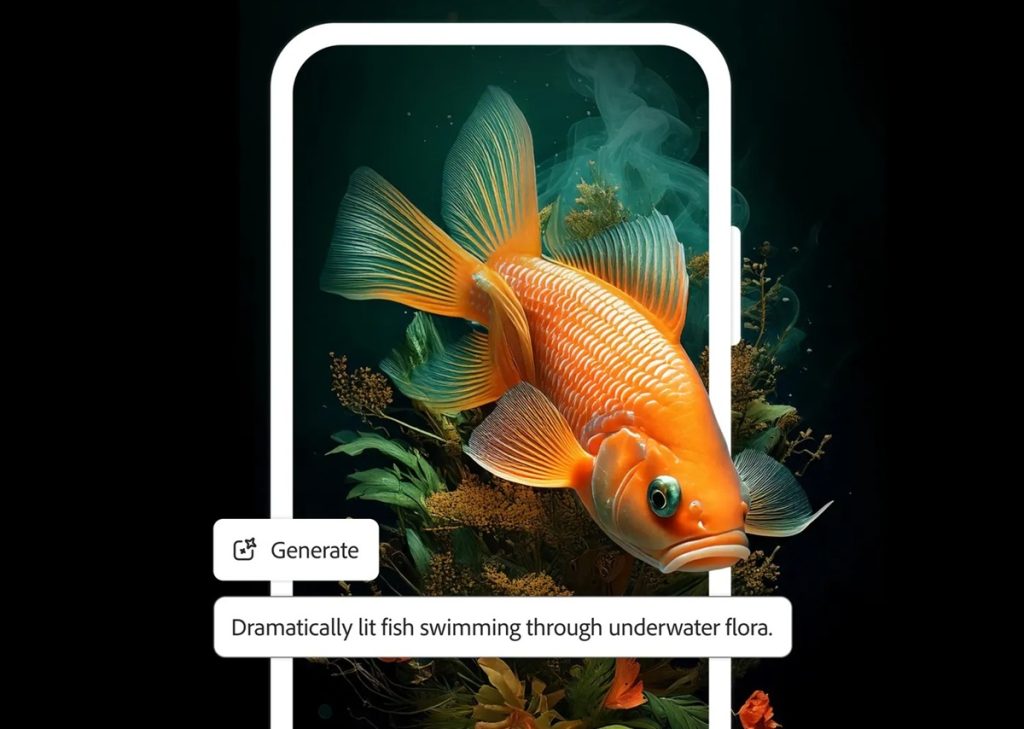
Firefly’s Enhanced Features and Models
The update includes significant improvements in visual content generation, with the introduction of Firefly Image Model 4, which offers better definition and realism, making it ideal for producing high-resolution images. Adobe also introduced Image Model 4 Ultra, an advanced version tailored for photorealistic rendering of human portraits and intricate scenes.
- Image Model 4: Best suited for quick design tasks like illustrations and icons, delivering high-quality images rapidly to cover most basic creative needs.
- Image Model 4 Ultra: Designed for projects requiring photorealistic and highly detailed imagery, particularly in rendering portraits and complex scenes with precision and clarity.
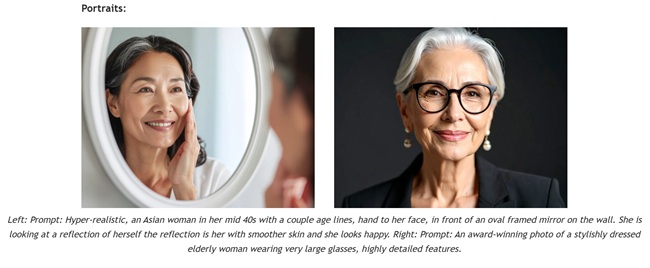
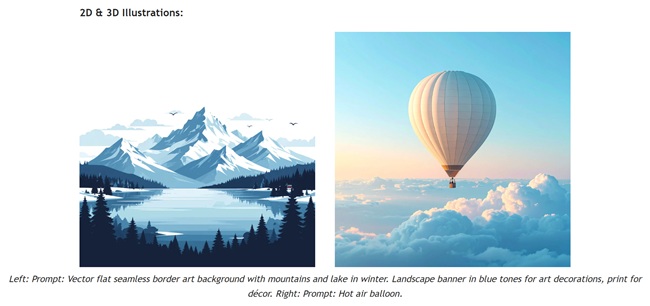
These models give creative professionals more control, supporting both fast ideation and the creation of detailed final assets. In addition, the Firefly Video Model has moved out of beta, offering improvements in realism, text rendering, and visual effects. It now allows users to produce dynamic videos with highly realistic landscapes.
Firefly Premium members now have unlimited access to the Firefly Video Model across all Firefly applications.
Expanding Creative Capabilities with New Modules
The latest update also introduces new creative tools to enhance productivity:
- Text to Vector: Users can generate fully customizable vector graphics from basic text prompts. This feature streamlines the design process, allowing for the fast creation of logos, icons, illustrations, and patterns.

- Firefly Boards: Integrated into the Firefly web app, Firefly Boards (previously Project Concept) allows teams to collaborate on mood boards, storyboards, and concept development during the creative phase. This tool fosters real-time collaboration and streamlines the creative workflow.
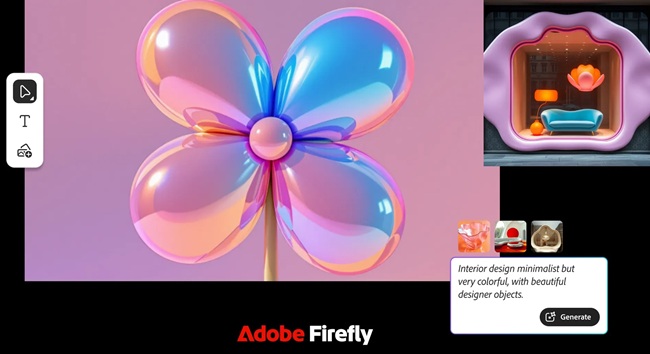
Integration of Non-Adobe AI Models
Responding to user feedback, Adobe has integrated non-Adobe AI models into Firefly, including options like Google Imagen3 and OpenAI GPT. This gives users access to a wider range of AI tools tailored to their specific creative needs, while maintaining transparency and ensuring commercial safety. Content generated with these models will be labeled with Content Credentials, ensuring users are aware of which model was used.
Commitment to Responsible AI
Adobe reaffirmed its commitment to responsible AI development, emphasizing that its generative AI models are designed to enhance human creativity rather than replace it. The company continues to prioritize the protection of creators’ rights, ensuring that AI tools are used responsibly within the creative industries.
Availability of New Features
The latest Firefly features are now available through Adobe’s Creative Cloud suite, providing enhanced tools for generating high-quality content in images, video, and vector art.
